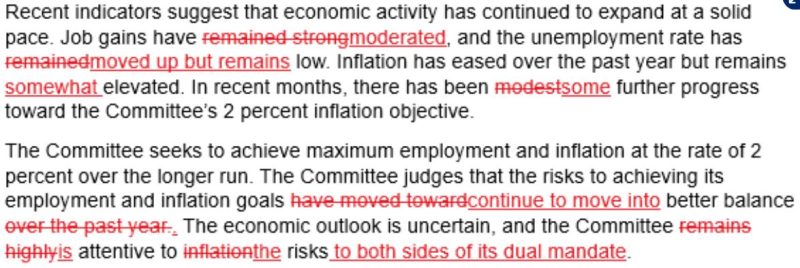The Federal Reserve: Balancing Act or Nightmare Creator?
The Federal Reserve, the central bank of the United States, has a crucial role in managing the country’s monetary policy and maintaining economic stability. However, recent events have raised concerns about the Fed’s actions and their unintended consequences. Are we headed towards a financial nightmare orchestrated by the very institution tasked with safeguarding the economy, with the public unwittingly playing the part of puppets?
One of the primary tools the Fed uses to influence the economy is the manipulation of interest rates. By adjusting the federal funds rate, the Fed can control borrowing costs, impacting consumer spending, investments, and overall economic activity. In response to the 2008 financial crisis, the Fed lowered interest rates to historic lows and engaged in quantitative easing to stimulate the economy. While these measures were initially successful in spurring growth and preventing a deeper recession, they have also led to some troubling developments.
Low interest rates have encouraged excessive risk-taking and debt accumulation in financial markets. Investors hungry for higher returns have flocked to riskier assets, leading to inflated asset prices and market bubbles in various sectors. This search for yield has pushed investors towards riskier investments, such as high-yield bonds and leveraged loans, which could pose a systemic risk if market conditions deteriorate.
Moreover, the prolonged period of low interest rates has distorted market signals and undermined the traditional relationship between risk and reward. Companies with weaker fundamentals have been able to borrow cheaply, leading to an increase in corporate debt levels and potentially unsustainable business practices. This buildup of leverage could make companies more vulnerable to economic downturns, raising the specter of a wave of defaults in the future.
Another concern is the impact of the Fed’s monetary policies on income inequality. While low interest rates have boosted asset prices and benefited investors, they have also widened the wealth gap between the rich and the poor. Those with substantial assets have seen their wealth grow significantly, while those without assets or access to credit have struggled to keep up with rising living costs. This disparity in wealth accumulation could have long-term social and economic repercussions, undermining social cohesion and exacerbating existing inequalities.
Furthermore, the Fed’s unconventional policies have raised questions about the central bank’s independence and effectiveness. Critics argue that the Fed’s interventions in financial markets have distorted price signals and created moral hazard by bailing out troubled institutions and incentivizing reckless behavior. The growing influence of the Fed in shaping market outcomes has fueled concerns about the concentration of power in the hands of unelected officials and the erosion of free-market principles.
As the Fed grapples with the challenge of unwinding its unprecedented monetary stimulus and normalizing interest rates, the specter of unintended consequences looms large. The central bank must navigate a delicate balance between supporting economic growth and preventing the formation of systemic risks and asset bubbles. Failure to do so could lead to a financial nightmare of epic proportions, with far-reaching implications for the economy and society at large.
In conclusion, while the Federal Reserve plays a vital role in managing the economy and promoting monetary stability, its actions can have unintended consequences that reverberate throughout the financial system. By closely monitoring the impact of its policies, the Fed can work towards mitigating risks and safeguarding the long-term health of the economy. However, if ignored, the Fed’s actions could indeed create a nightmare scenario, with the public unwittingly caught in its web of consequences. As we move forward, it is essential for policymakers and the public to remain vigilant and critically assess the Fed’s actions to ensure a sustainable and resilient economic future.
